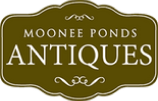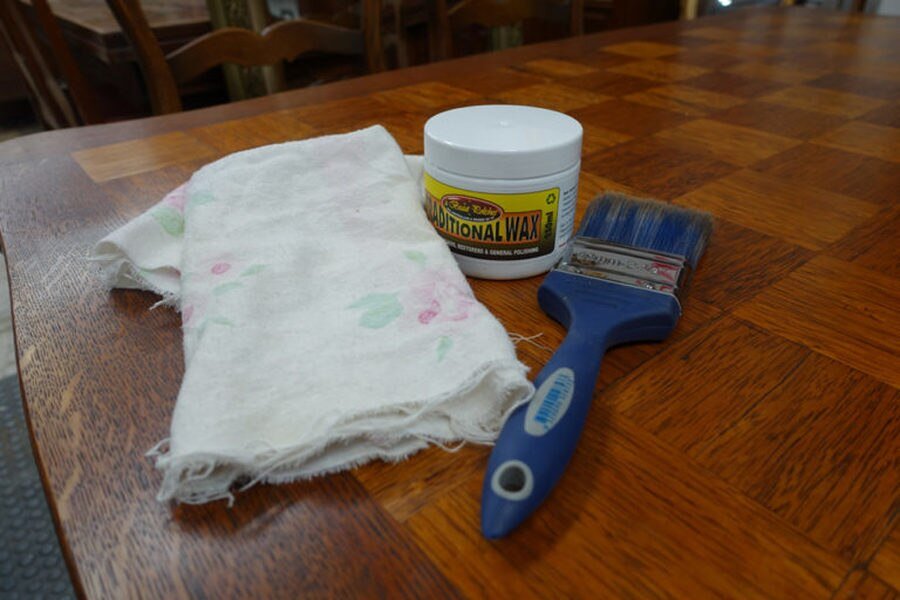Waxing Antique Furniture - Step By Step
We are often asked about waxing antique furniture, and how to get the best results. We've put together this step by step guide to waxing antique furniture to help you keep your furniture looking great!
Things you will need:
- A good quality furniture wax. We use and recommend 'U-Beaut Polishes Traditional Wax'.
- A clean paint brush. Use it to get into any detailed carved sections or hard to reach places. A paint brush is also handy when applying wax to a large surface like a table top. If you're not confident there is no need to attempt to wax carved or detailed sections, just stick to the large, flat surfaces
- Cotton rags cut into 40cm x 40cm squares. Flannelette or an old t-shirt will also work well.
Pro Tip
Wrap any metal around the brush a few times with masking tape. Its a good way to avoid damaging the wood or finish.
Step One:
The surface must be clean of any dirt or debris before waxing. Clean away any dust with a soft cloth or feather duster. Wipe dirty surfaces with a slightly damp cloth.
Step Two:
When using a brush, lightly dip the brush into the container. You should only get a small amount of wax on the very ends of the brush’s bristles.
You only need a small amount of wax at a time. Pick a 40cm x 40cm square spreading the wax thinly and evenly, working the wax into the grain of the timber in straight lines. Continue until the entire surface is coated evenly.
The more wax you apply, the more wax you will have to buff off later on. You only want a thin film of wax, so apply sparingly.
Now Let the wax harden for about 10 to 15 minutes before you start to buff.
Step Three:
Take a new clean piece of cloth and fold it into a pad as shown above. Fold until the pad is about the size of your palm and is comfortable to hold in the hand. Keep the pad flat against the surface and start rubbing in the direction of the wood grain, starting at one end, and moving the pad back and forth until you start to see a shine on the surface of the wood. You should only have to apply light to medium pressure to get the wax to shine.
As you continue to rub, your pad will have excess wax build up. You will feel the pad start to grip the surface, and it will no longer buff. Just turn the cloth over to a new clean side and continue buffing. You may use more than one pad depending on the size of the job Look for dull areas to buff out
If you have a parquetry top table like on our example table, or a few distinct grains going in different directions, just follow each section of timber and their respective wood grains.
Once you're done make sure the lid is put back on tightly on the wax. The paint bush can be cleaned in mineral turpentine, just make sure its dry before you use it next time. Any used rags can be put in the bin. Finally, you can enjoy your beautiful furniture with its now wonderful luster.
How often should I wax my furniture?
A common question we get from customers is exactly how often should you wax your furniture.
The answer depends on how often you use the furniture. As a general guide, tables that are used every day would benefit from having a wax twice a year as a minimum. Things like hall tables cupboards, and similar items may only need to be waxed once a year.
Some French furniture is finished in a traditional wax finish only and may benefit from a wax every couple of months depends again if you want to develop a rustic look or you want to keep that glow/luster/sheen on your furniture. Waxing just the big flat sections of your furniture is not only quick easy; it's normally all that is required to keep your furniture looking beautiful. And if you decided to do nothing, that is fine also.
Always start on something small first and work your way up to bigger pieces. You can build confidence that way. Some people will really enjoy waxing their furniture and other people not so much, but regardless it is beneficial to your furniture.





